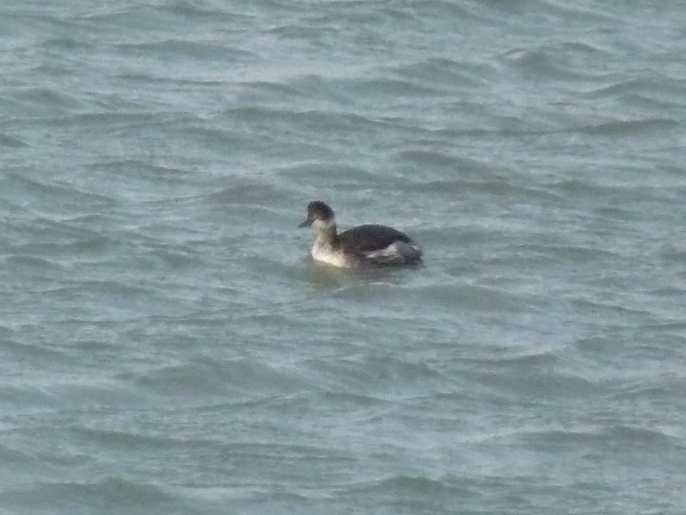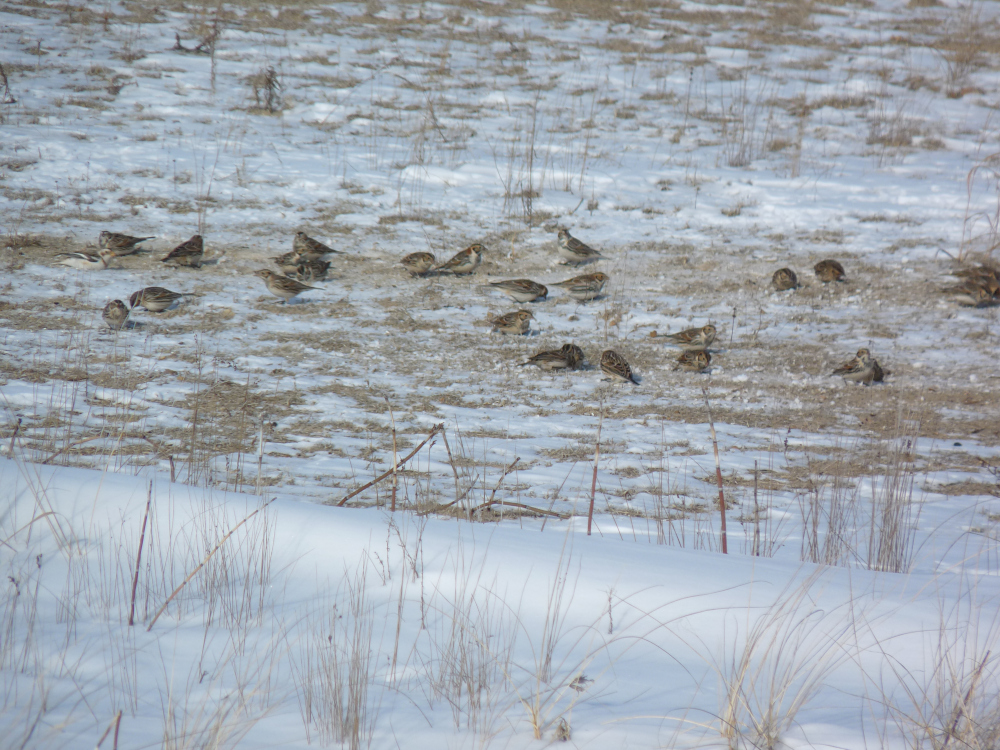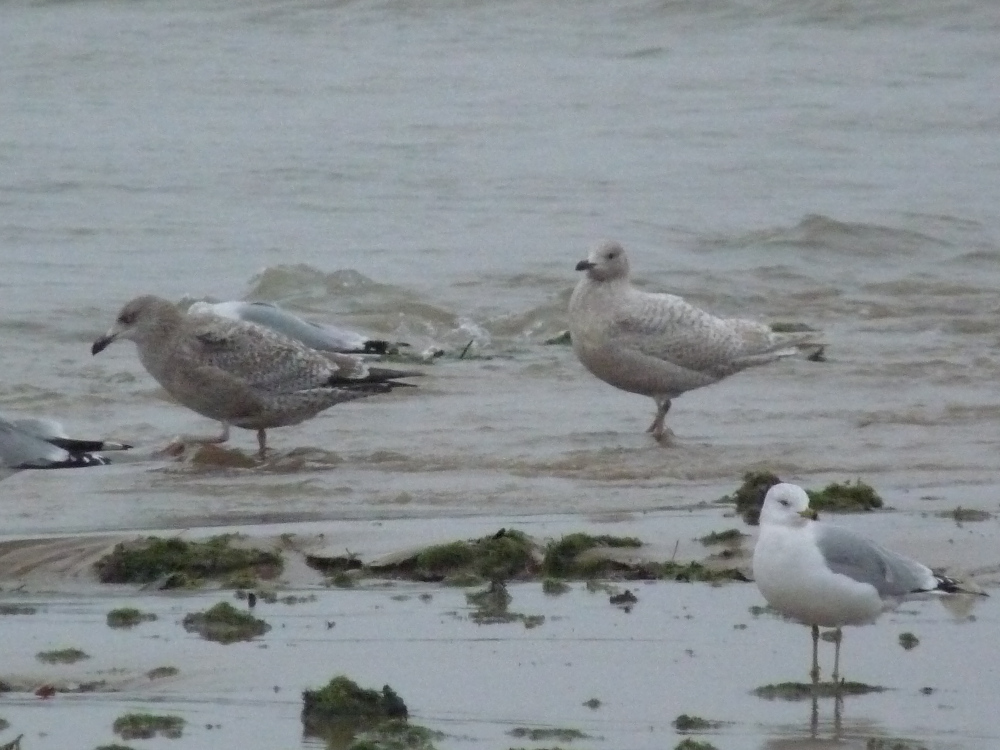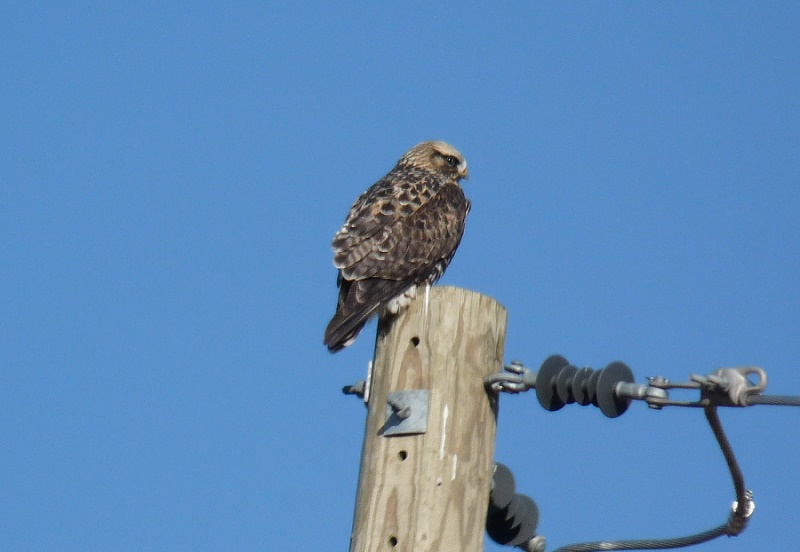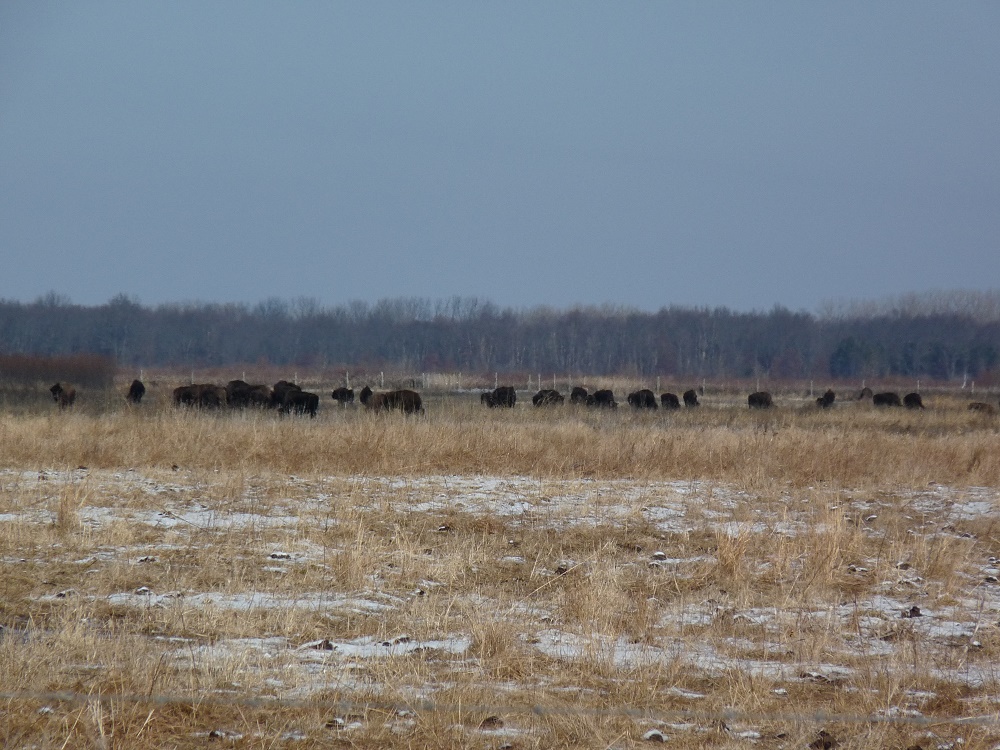Welcome to The Montrose Birding Blog, a WordPress website about birding Montrose Point in Chicago. I created this blog to report bird and nature sightings from Montrose and to serve as a guide to birding Montrose. Unless stated otherwise, all images and content were created by and are the property of Robert D. Hughes; any unauthorized use is prohibited..
Questions or comments? Contact the website administrator, Robert D. Hughes.
About Me

I’ve been birding since 1978 and much of that time has been spent at Montrose. I’ve never lived far from Montrose so it’s always been easy for me to bird there before or after school or work.
I was born, raised, and currently live in Chicago. My professional background is in webmastering, front-end Web development, and content management. When I’m not working I apply my passion for communications to promoting the Montrose Point Bird Sanctuary through the Birding Montrose Point website, social media, and this blog. You could say I’m a Web guy at heart.
Robert D. Hughes, Administrator
November 2022
Need a Birding Guide?
I offer guided birding services for Montrose Point as well as other locations in the Chicago area. What are you interested in seeing? Spring warblers? Specialty birds like Henslow’s Sparrow? I love finding and showing birds to people. Contact me for more information. I look forward to hearing from you!
Help Support This Project
I designed and developed this site and produce most of the content for it and its sister birding website, The Orniphile. I also pay for hosting and deal with the many challenges associated with running large, complex websites. I thoroughly enjoy writing about birds and telling the story of Montrose Point, one of the most popular and renowned bird and nature sanctuaries in the United States. Empowering people with the information they can use to make informed decisions about birding Montrose is a passion of mine. With that in mind, I’m asking for contributions to help offset the management costs.
I use PayPal for donations. It’s safe, secure, and easy to use. To make a contribution, click the Donate button below and follow the instructions. Thanks!
Header Photo: White-winged Scoters from Montrose Harbor

